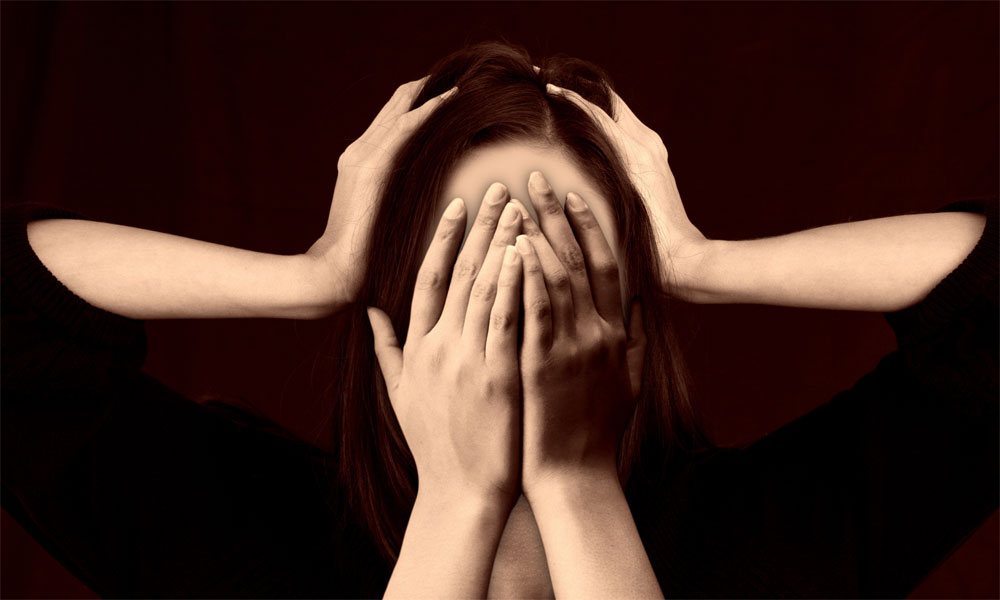
“ Bipolar disorder is a complex mood illness comprising several diverse types; each distinguished by the pattern, frequency, duration, and intensity of a person’s symptoms. ” – Nina Moadel, M.D., Practicing psychiatrist in Rockville Centre, New York
Bipolar Affective Disorder, in any other case known as bipolar disorder, is a psychological dysfunction characterised by “cycles of elevated (manic) and depressed mood, (fitting) the description of ‘manic depression.’”
While not in a state of manic melancholy, the particular person could lead a productive life – all whereas showing to perform usually. However, with out correct therapy, victims of bipolar disorder are sometimes severely impaired each occupationally and socially.
Estimations cite the prevalence of bipolar disorder at 1.5-2.5 p.c of the U.S. inhabitants. As Dr. Nina Moadel mentioned within the introductory quote, bipolar disorder is a posh temper sickness – for instance, contemplate the next statistics, courtesy of WebMD:
– As many as 20% of individuals complaining of melancholy to their physician even have bipolar disorder.
– About half of individuals with bipolar disorder have seen three professionals earlier than being identified accurately.
– It takes a mean of 10 years for individuals to enter therapy for bipolar dysfunction after signs start. This is precipitated partially by delays in prognosis.
– Most individuals with bipolar dysfunction have further psychiatric situations (akin to substance abuse or anxiousness) that may make total diagnoses tougher.
The 4 forms of bipolar disorder are:
– Bipolar I
– Bipolar II
– Cyclothymic [sigh-clo-thy-mik] dysfunction
– Bipolar dysfunction not in any other case specified (BP-NOS)
In this text, we’re going to debate the causes, signs, and therapy choices obtainable for bipolar disorder.
(Readers: If you’ve gotten something you’d prefer to share about bipolar disorder, we’d love [and appreciate] your beneficial perception!)
Signs Someone Has Bipolar Affective Disorder
Bipolar I and II
Of the 4 varieties, bipolar I and II are each the most typical and probably the most comparable.
Here are overlapping indicators of each bipolar I and II:
– Constantly altering concepts and matters whereas speaking
– Loud, speedy, and uninterruptible speech
– Hyperactive habits and amplified power
– Exaggerated self-image (self-confidence)
What differentiates bipolar I are the severity of signs, notably throughout the manic section. Healthhype.com states:
“Bipolar I disorder involves periods of severe mood episodes from mania to depression. Bipolar II disorder is a milder form of mood elevation, involving milder episodes of hypomania that alternate with periods of severe depression.”
Further, the depression-to-mania ratio is markedly increased in bipolar I dysfunction – at 3:1. Individuals with bipolar II common round 35:1.
Additional indicators of bipolar I embody:
– Excessive spending habits
– Overactive sexual drive (“hypersexuality”)
– Substance abuse
Bipolar II
As famous, individuals with bipolar II disorder spend disproportionately extra time in a depressed state. Further, their manic episodes are completely different. Hypomania, or “a mild form of mania, marked by elation and hyperactivity” is typical of bipolar II sufferers. Fortunately, hypomania doesn’t considerably influence an individual’s each day functioning.
An individual identified with bipolar II “has had at least one hypomanic episode and one major depressive episode in his or her life.” A serious depressive episode entails signs extreme sufficient to intervene with each day life. Symptoms embody lack of curiosity or feeling no pleasure in actions, drastic weight fluctuations, insomnia or extreme sleeping, fatigue, lack of ability to pay attention, and suicidal ideations.
The Mayo Clinic explains the distinction between I and II, “While the manic episodes of bipolar I episodes can be severe and dangerous, individuals with bipolar II disorder can be depressed for longer periods, which can cause significant impairment.”
Cyclothymic dysfunction (Cyclothymia)
Cyclothymia is a really uncommon situation – affecting between .4 to 1 p.c of the inhabitants. The signs of cyclothymic dysfunction embody:
– A light, continual melancholy
– Cyclic highs and lows (should be current for no less than two years for prognosis.)
– Hypomania
Though Cyclothymia is commonly described as a milder type of bipolar disorder, it’s a separate sickness. However, statistics present that somebody who suffers from the dysfunction is 15-50 p.c extra prone to develop bipolar I or II. Thus, it’s essential for people to hunt therapy.
Bipolar Disorder Otherwise Not Specified (BP-NOS)
BP-NOS is when “a person has symptoms that do not meet the full diagnostic criteria (e.g. mania, hypomania, major depressive episodes, etc.) for bipolar I or bipolar II.”
Sometimes, BP-NOS known as subthreshold bipolar dysfunction.
Individuals identified with BP-NOS normally expertise signs that intervene with their regular persona, however typically to not the severity or period required to be identified with bipolar.
Treatment
Except in circumstances the place an individual suffers from excessive mania, issuing a prognosis of bipolar dysfunction is difficult. Too typically, individuals who undergo from bipolar II, Cyclothymia, and BP-NOS are misdiagnosed with melancholy. The prescribed therapy, due to this fact, is normally a failure. Anti-depressants don’t handle the underlying neurochemical deficiencies.
In extreme circumstances, sufferers identified with bipolar issues are prescribed antipsychotics. Anti-anxiety drugs, together with benzodiazepines, are additionally prescribed.
In delicate circumstances, some behavioural remedy choices are mentioned. The three forms of remedy are:
Cognitive Behavioural Therapy (CBT) – a deal with altering unfavourable ideas and beliefs into constructive ones; stress administration methods; identification of set off factors
Dialectical Behavioural Therapy (DBT) – teaches consciousness, misery tolerance, and emotional regulation
Interpersonal and Social Rhythm Therapy (IPSRT) – a deal with the stabilisation of each day rhythms – particularly associated to sleep, wake, and mealtimes; routines being indicative of serving to stabilise moods.